Interested in Single-molecule Biophysics, Soft matter physics,
Condensates, Protein disorder, Membranes, RNA, #smFRET, Physical Organic Chemistry
https://scholar.google.com/citations?user=bNzBCLYAAAAJ&hl=en

biorxiv.org/cgi/content/...
#KeioMedicalSciencePrize

#KeioMedicalSciencePrize

It was my postdoctoral work mit @sauer-lab.bsky.social Congrats to all the co-authors!

It was my postdoctoral work mit @sauer-lab.bsky.social Congrats to all the co-authors!

For my first post, I am excited to share a new collaborative paper combining experiments and simulations, where we used circadian clock proteins to engineer biomaterials with time-programmed self-assembly and disassembly www.nature.com/articles/s41...
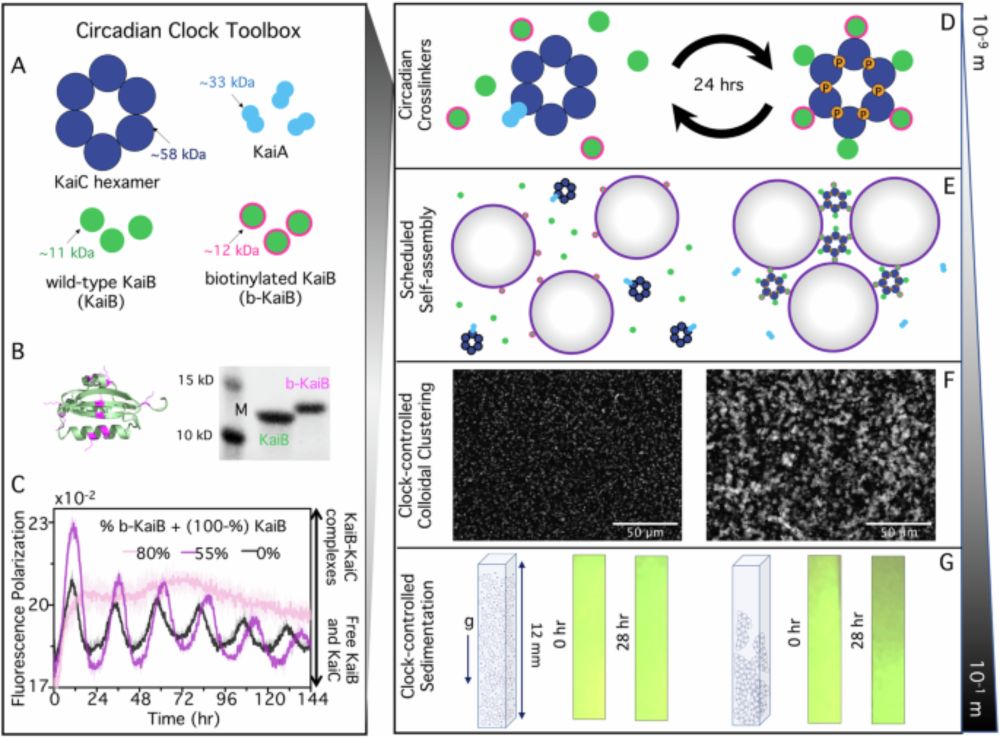
For my first post, I am excited to share a new collaborative paper combining experiments and simulations, where we used circadian clock proteins to engineer biomaterials with time-programmed self-assembly and disassembly www.nature.com/articles/s41...
Preprint📜: www.biorxiv.org/content/10.1...
A short thread🧵👇
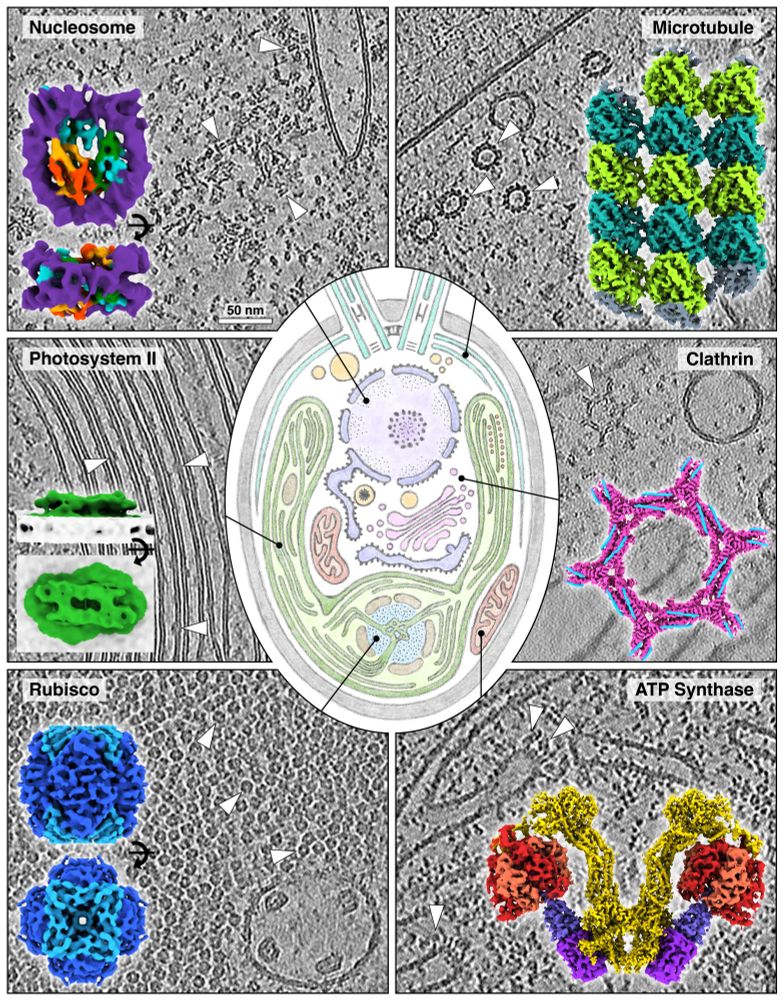
Preprint📜: www.biorxiv.org/content/10.1...
A short thread🧵👇
@jiwasa.bsky.social will continue the series, beginning with January's article on Assembly Line Polyketide Synthases
Details: cdn.rcsb.org/rcsb-pd...
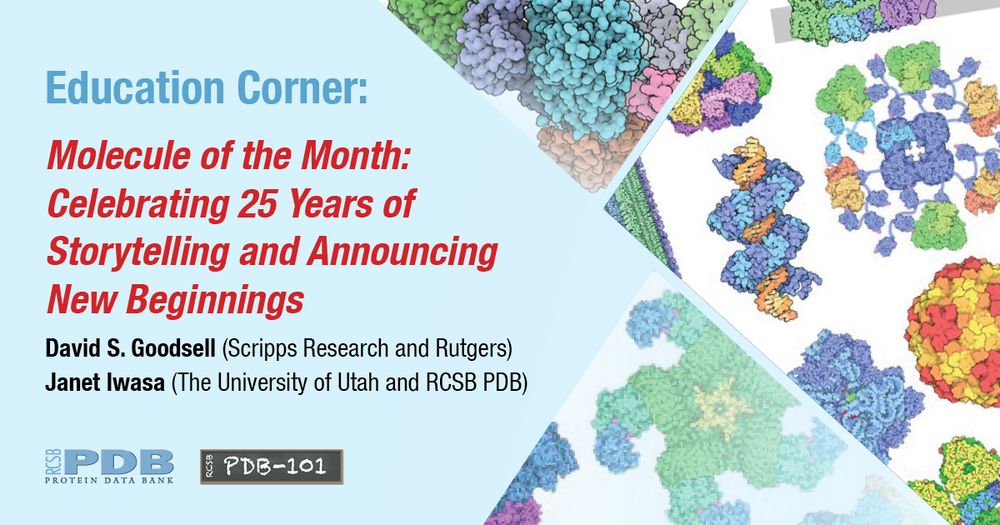
@jiwasa.bsky.social will continue the series, beginning with January's article on Assembly Line Polyketide Synthases
Details: cdn.rcsb.org/rcsb-pd...
www.biorxiv.org/content/10.1...
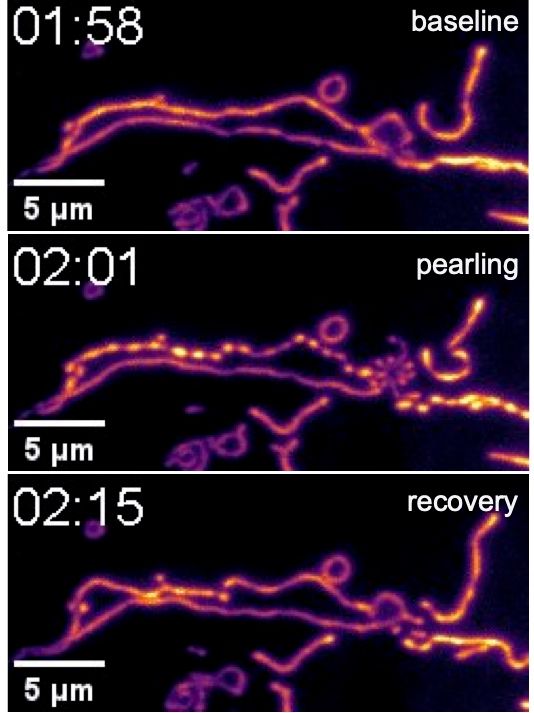

pubs.acs.org/doi/full/10....

pubs.acs.org/doi/full/10....
"Cellular Function of a Biomolecular Condensate Is Determined by Its Ultrastructure" 🌟
www.biorxiv.org/content/10.1...
How do biomolecular condensates achieve their cellular roles? It comes down to their internal structure. 🧵⬇️

"Cellular Function of a Biomolecular Condensate Is Determined by Its Ultrastructure" 🌟
www.biorxiv.org/content/10.1...
How do biomolecular condensates achieve their cellular roles? It comes down to their internal structure. 🧵⬇️
biorxiv.org/cgi/content/...

biorxiv.org/cgi/content/...
Tunable phase transition/gas adsorption-diffusion properties, applied to gas separation membranes.
www.nature.com/articles/s41...

Tunable phase transition/gas adsorption-diffusion properties, applied to gas separation membranes.
www.nature.com/articles/s41...

www.nature.com/articles/s41...

www.nature.com/articles/s41...
We provide a real-time movie on how #transcription and #translation cooperate using #single-molecule FM: we find long-range #ribosome/ RNAP communication mediated by #RNA looping!
@embl.org #RNAbiology #RNASky
t.co/a24Xxcxdo0
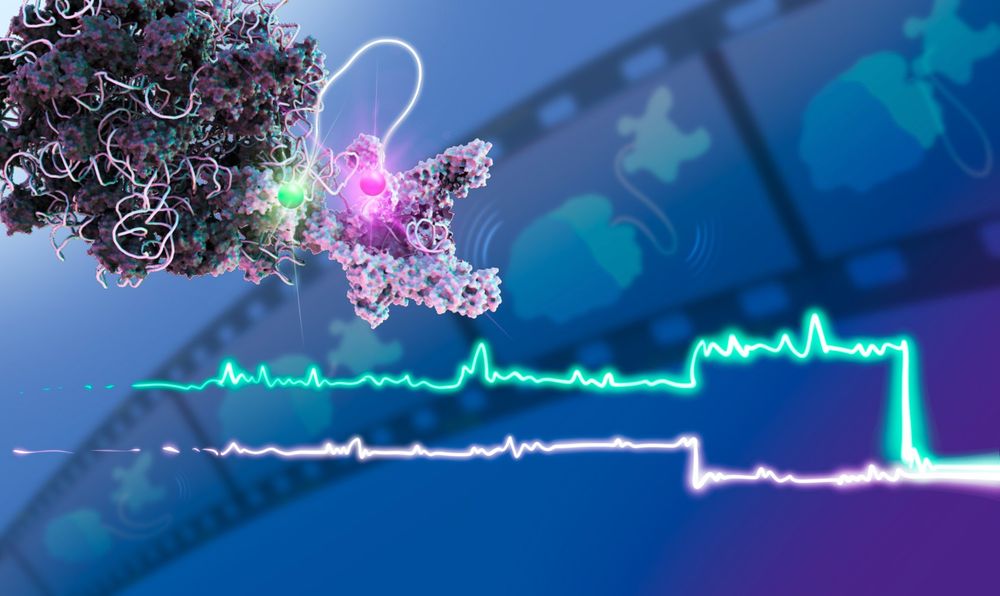
We provide a real-time movie on how #transcription and #translation cooperate using #single-molecule FM: we find long-range #ribosome/ RNAP communication mediated by #RNA looping!
@embl.org #RNAbiology #RNASky
t.co/a24Xxcxdo0

www.biorxiv.org/content/10.1...
www.biorxiv.org/content/10.1...
shenvilab.github.io/Synthordle/
Easy problems for Sophomore OChem, hard problems for advanced practitioners.


Looking forward to seeing you in Los Angeles!
www.biophysics.org/2025meeting/...


Looking forward to seeing you in Los Angeles!
www.biophysics.org/2025meeting/...
E. coli bacteria swim in sync in weakly coupled neighboring microcavities!
Great work led by @AleksandreJapa from from Farbod Alijani's lab, to which I also contributed
E. coli bacteria swim in sync in weakly coupled neighboring microcavities!
Great work led by @AleksandreJapa from from Farbod Alijani's lab, to which I also contributed

